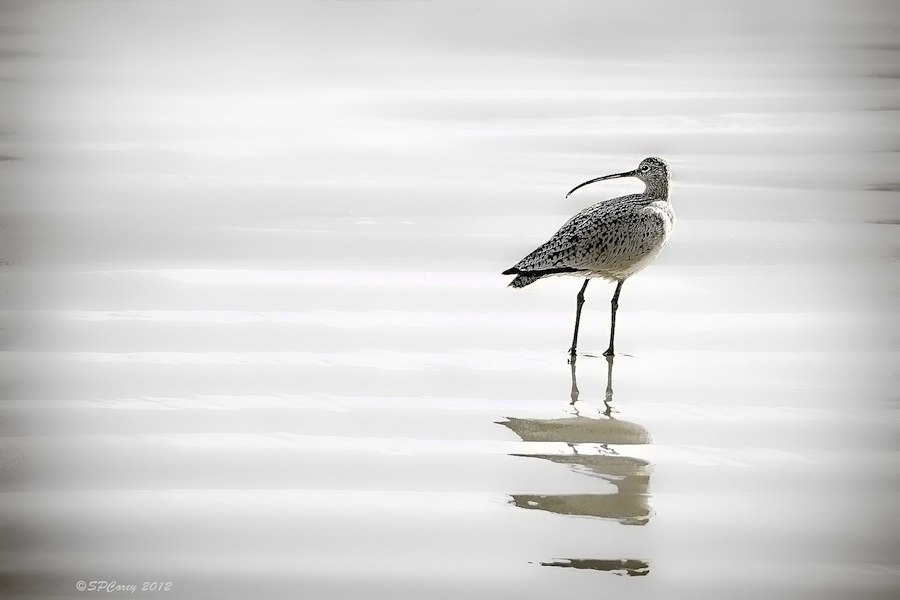An annual report on bird populations in the United States released Tuesday offers hope and good news for a variety of birds in key habitats, including waterfowl, Eastern song birds, wetland species and shore birds.
• Among the 49 coastal species examined, there has been a steady rise in population— 28 percent since 1968—a direct result of the establishment of 160 national coastal wildlife refuges and nearly 600,000 acres of national seashore in 10 states.
• The creation and preservation of large swaths of forests through public-private partnerships in the Appalachian Mountains and the Northwest has helped declining forest-dependent species such as the golden-winged warbler and the oak titmouse.
The strongest finding in State of the Birds 2014 is simple: conservation works. Ducks fly once again in great numbers up the Mississippi River and across the Chesapeake Bay. California condors are rebounding from just 22 birds to more than 200 today. Bald eagles, brown pelicans, peregrine falcons—all species once headed the way of the passenger pigeon— are now abundant.
Now extinct, the passenger pigeon, once numbering in the billions, is a strong reminder that even species considered common can become extinct without careful attention, as it did in1914.
“The State of the Birds report shows that public-private partnerships are working to successfully strengthen conservation efforts,” said Agriculture Secretary Tom Vilsack. “We are forging a new era of conservation by joining non-traditional conservation stakeholders with farmers, ranchers and foresters to do more together than we ever could have separately.”
The State of the Birds 2014 is authored by the U.S. Committee of the North American Bird Conservation Initiative—a 23-member partnership of government agencies and organizations dedicated to advancing bird conservation.




















